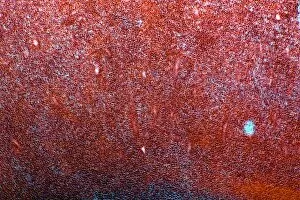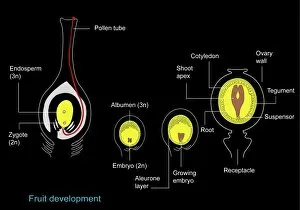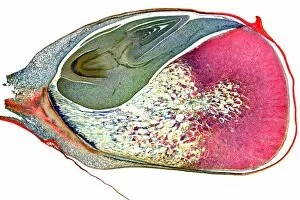Endosperm Collection
Endosperm: The Nutrient Powerhouse of Seeds The endosperm, a vital component of seeds, plays a crucial role in nourishing and supporting the growth of new plants
For sale as Licensed Images
Choose your image, Select your licence and Download the media
Endosperm: The Nutrient Powerhouse of Seeds The endosperm, a vital component of seeds, plays a crucial role in nourishing and supporting the growth of new plants. This fascinating structure can be observed through various microscopic views and light micrographs. In one captivating image, resembling a hazel nut, we witness the intricate network of cells that make up the endosperm. These cells are packed with nutrients essential for germination and early plant development. Another mesmerizing view reveals an astonishing resemblance between the endosperm and microscopic anthrax particles. This striking similarity highlights the importance of this seed structure in providing sustenance to developing plants just as anthrax causes harm to living organisms. Moving on to female pine cone seeds, we explore their light micrograph which showcases how they are intricately woven within these reproductive structures. Similarly, castor oil plant seeds exhibit a similar pattern when viewed under high magnification - emphasizing the significance of endosperms across different plant species. A detailed diagram depicting seed structure further elucidates how endosperms act as storehouses for energy-rich compounds such as starches and proteins. These reserves fuel embryonic growth during germination until roots establish themselves firmly in the soil. Artwork showcasing fruit formation reminds us that without well-nourished endosperms, fruits would not develop fully or possess sufficient nutritional value. Endosperms contribute significantly to fruit quality by supplying essential nutrients required for seed dispersal and future plant generations. Microscopic images capture maize niblets' inner beauty - revealing densely packed layers of nutritious endosperm cells responsible for producing corn's characteristic taste and texture. Wheat grains also showcase their own unique arrangement under light microscopy; it is here where carbohydrates accumulate before being converted into energy during sprouting stages.










